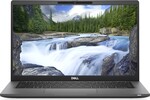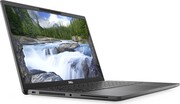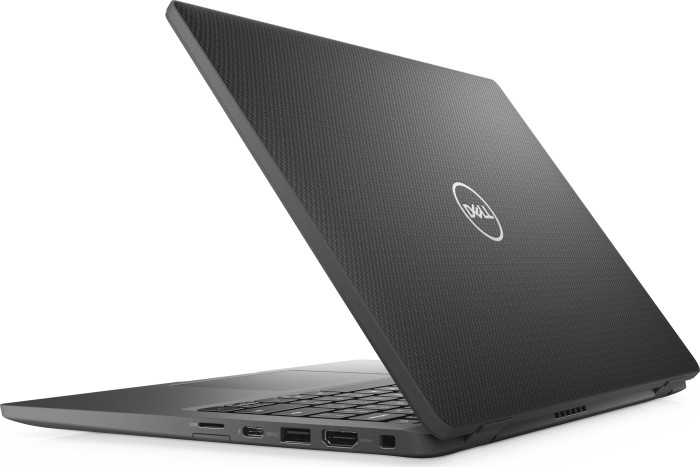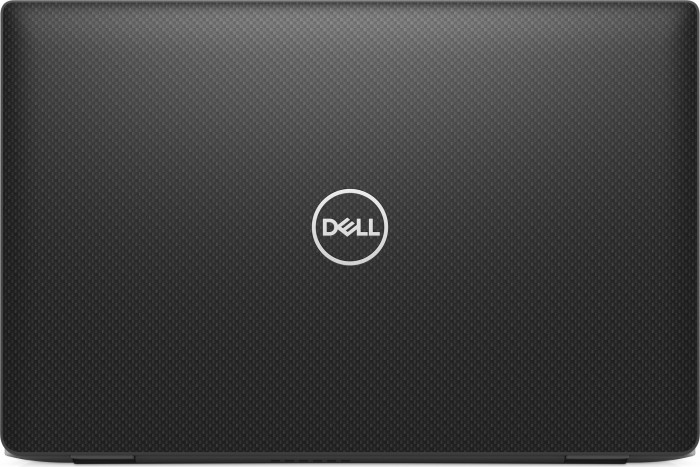Dell Latitude 14 7420, i7-1185G7
Especificaciones de Portátil(es)

Price comparison
Promedio de 1 puntuaciones (de 4 análisis)
Análisis para el Dell Latitude 14 7420, i7-1185G7
Origen: Laptop Media
 Archive.org version
Archive.org versionSupport, disponible online, Mediano, Fecha: 07/24/2021
Origen: PC Mag
 EN→ES Archive.org version
EN→ES Archive.org versionOne rung below the pinnacle of Dell's corporate laptop hierarchy (the Latitude 9000 series), you'll find the excellent if somewhat staid Latitude 7420 (starts at $1,589; $2,228.08 as tested). This 14-inch business laptop gets subtle improvements with each new generation. The latest version doesn't fix what isn't broken, adding Intel's latest silicon and little else. This means that for the time being, it's a superior alternative to our longtime favorite enterprise ultraportable, the Lenovo ThinkPad X1 Carbon (whose new Gen 9 edition, which matches the Dell's move to 11th Generation Intel processors, we haven't tested yet). Choose the Latitude 7420 if you want a competent workhorse with excellent computing performance, even if it is a bit heavier and more expensive than the ThinkPad.
Único Análisis, disponible online, largo, Fecha: 06/23/2021
Puntuación: Puntuación total: 80%
Origen: Laptop Media
 Archive.org version
Archive.org versionSupport, disponible online, corto, Fecha: 05/06/2021
Origen: Laptop Media
 EN→ES Archive.org version
EN→ES Archive.org versionTo sum up, everything we said in the lines above, the Latitude 14 7420 is a pretty formidable device, which packs a ton of features mainly aimed at privacy and security. From the TPM chip, through the privacy shutter, to the IR face recognition sensor and the ingenious proximity sensor. In fact, it works as it should – step away from your notebook, and in a matter of seconds, the display turns off, and the laptop locks itself. Then, sit back in front of it, the screen shines right away, and the IR sensor unlocks your notebook. Nobody will see the contents of your work when you’re away.
Único Análisis, disponible online, Muy largo, Fecha: 05/05/2021
Comentario
Intel Iris Xe G7 96EUs:
Tarjeta gráfica integrada en los SoCs Intel Tiger Lake G4 basados en la nueva arquitectura Gen. 12 con 96 EUs (Execution Units / Shader Cluster). La velocidad de reloj depende del modelo de procesador. Los chips Tiger Lake se fabrican en el moderno proceso de 10nm+ de Intel.
Estas tarjetas también deben ser capaces de aguantar todos los juegos actuales, pero la mayoría de ellos en configuraciones de detalles medios y bajos y con bajas resoluciones. Juegos más antiguos, o menos exigentes todavía pueden ser jugados con buena calidad de gráficos.
>> Más información puede ser encontrada en nuestra comparación de tarjetas gráficas moviles y la lista de benchmarks.
i7-1185G7:
Procesador de cuatro núcleos de baja potencia basado en Tiger Lake para portátiles delgados y ligeros. Los cuatro núcleos giran alrededor de 3 - 4,8 GHz. Producido en 10nm+ en Intel.
>> Más información puede ser encontrada en nuestra comparación de procesadores móviles.






